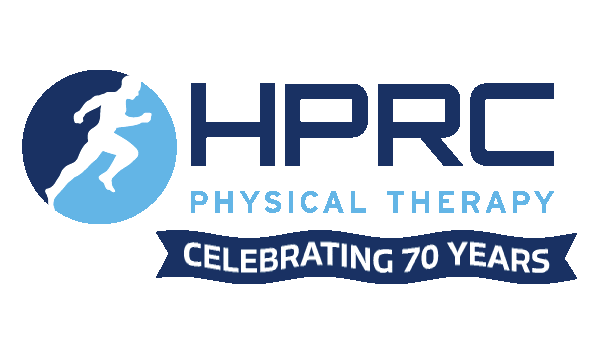Overview
The sensation of spinning, or vertigo, can be a common problem especially among older adults. Vertigo is usually a condition called Benign Paroxysmal Positional Vertigo, (BPPV), an inner ear malfunction treated in a therapy setting. Vertigo is not detected in an MRI.
BPPV, the most common form of vertigo, is a mechanical failure of the inner ear. Calcium carbonate crystals (otoconia) that are embedded in a part of the ear called the utricle dislodge and float to places where they cause problems. When enough of these crystals settle in the fluid of the ear canals, they trick the brain into thinking the head is moving when it isn’t. That’s where the sensation of spinning comes from.
Treating Vertigo
Our first step is to determine if a patient has BPPV. We do this by performing a Dix-Hallpike Test in which we ask the patient to lie in a supine position while we carefully roll the head until it triggers vertigo. If a patient has BPPV, a bout of vertigo will create a detectable “error message” in the eye movement. Both eyes will turn rapidly in a torsional fashion which also intensifies the sensation of spinning.
Ultimately, the eye movements are the key to a BPPV diagnosis and helps us pinpoint exactly where the crystals have migrated. Our next step is to gently maneuver the head using specific protocols. Your therapist should be well-trained in this intervention, which uses gravity to naturally guide the crystals from their offending location back to the utricle. The most common type of maneuver is called an Epley Maneuver, and it can take less than five minutes to perform. Many patients will feel instant relief, and others will see progress in a day or two.
Patients who suffer from BPPV have often spent months or years trying to get a clear diagnosis. Seeing a therapist first can bring an end to both frustration and discomfort.
Learn about Vestibular Rehabilitation Therapy services offered by HPRC clinicians that address vertigo and a host of other vestibular conditions.



